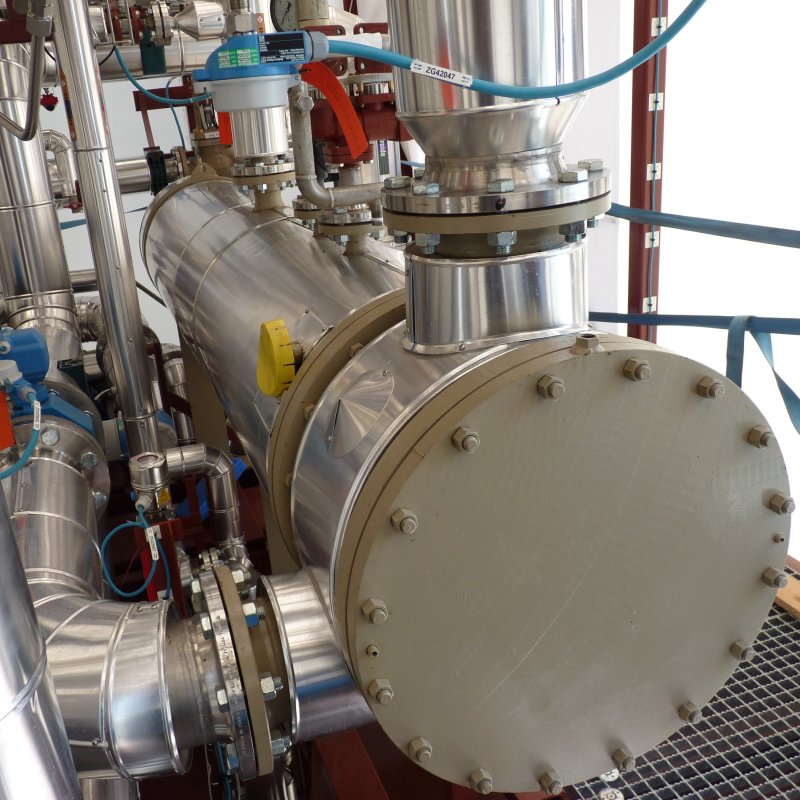Harbors & ports
Ports are known for handling large scale operations which consume sizeable amounts of energy, resulting in large day to day expenses and pollution-related effects. Port authorities and terminal operators are constantly looking for ways to reduce their fuel bills and carbon footprint. Measures for the provision of electrical supply to ships in the ports are of general interest.
Industrial processes
Ocean thermal energy conversion (OTEC) technology is a unique solution to provide tropical islands with renewable electricity, fresh water, air conditioning and other services. It provides baseload renewable electricity 24h/24h. OTEC is also well suited to the production of fresh drinkable water from the sea. Deep seawater’s low temperature is ideal for desalination purposes, and is being brought onshore by the OTEC process. The combination of the power generation and the desalination process allows for more competitive electricity costs than a single process in isolation.
Offshore operations
Oil and gas companies are exploring renewable energy options to electrify their operational platforms. When powering offshore platforms with renewables, continuous power is important. Complementing wind and solar, marine energy offers solutions for the baseload energy need, providing platforms with predictable and reliable renewable energy. Moreover, one of the greatest challenges for marine users is the costs and availability of vessels and crews, as well as difficult and dangerous weather and sea state conditions. These factors have led to tremendous growth in the use of unmanned vehicles and sensors to patrol the ocean and collect data with limited or no human interaction. Marine energy solutions can be integrated in these remote offshore applications, smartly combining renewable energy generation with energy storage capacity.




